Every one of us starts somewhere. And this is exactly why I’m going to share tips on how beginners can write a story.
Even if you are an experienced writer, it is always helpful to go back every once in a while just to review the basics. I like doing this during the times I feel stuck or uninspired.
Starting from the beginning often ensures that I look at my stories with different perspectives. Having this new information in mind makes it easier to continue writing and overcome any creativity blocks.
The first thing I want to say before I start teaching you guys how to write a story is that there are many ways to create one. I’m just sharing my process.
If this works for you, that’s awesome! If it doesn’t work for you, then there’s no need to worry. You will eventually find another method that is best suited for you.
However, I simplified this process enough for many people to understand and follow.
Anyways, that was my little disclaimer. If you have any questions about this blog post, you can always comment down below and I will get back to you shortly.
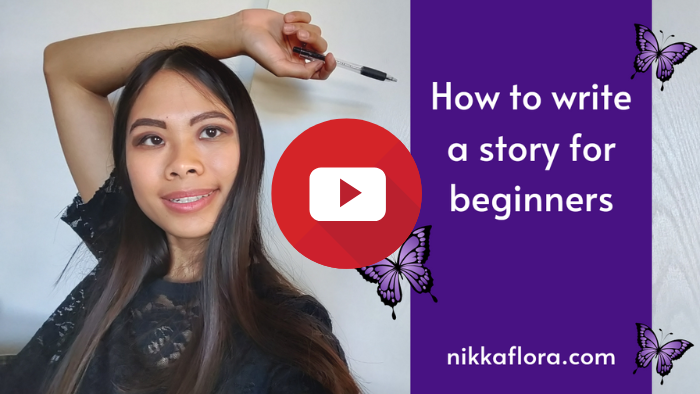

1. Write a storyline
If you’re learning how to write a story, the first thing you can do is write a storyline. What this means is that you write what your entire story is about in one sentence.
This is very difficult for some people to do because they told me that it is impossible to describe what a story is about in one statement. They proclaimed it is better to express the plot in a few paragraphs or in one page.
I understand the logic as to why they said that. Of course, you’ll have more information about a book if you read a one-page manuscript compared to reading one sentence.
But in my opinion, I feel like if you are not able to condense the breadth of your story into one main storyline, then you do not really have a plot. It is just a mix of unorganized thoughts altogether.
A one-sentence storyline is like a map. It shows the starting point, the route to take, and where your destination is at.
I also wrote a blog post specifically about one-sentence storylines.
You can click on the button below if you want to learn how to make one yourself.
I will give a couple examples from the stories that I’ve written. One of them is my first book I published online which is called A Right Love from a Wrong Wish. You can click on the button below if you would like to read it.
In this story, the main storyline is:
Vegeta goes through a journey of personal growth while falling in love with Bulma.
This sentence describes my main character, Vegeta, who evolves as an individual throughout the book, and he also finds love with the female protagonist, Bulma.
As for the second book I am currently writing, this one is called Red Silver Hearts. Again, you can click on the button below if you would like to read this story.
The main storyline of Red Silver Hearts is:
May and Steven go on adventures together and fall in love with each other.
This storyline refers to two main characters, May and Steven, who set off on a journey together while also engaging in a romantic relationship.
As you can see, both of these storylines broadly define what the books are truly about.
Whenever you have ideas pop up in your head, I suggest grabbing some paper and writing out those ideas by hand.
You will either be able to identify an idea that strongly reflects what your story is about. Or you might even combine multiple ideas together to create one storyline.

2. Identify the most important elements
After you create your main storyline, the second thing to do is to identify the most important elements of your story.
These components can be broken up into: main character(s), supporting character(s), setting, conflict, and resolution.
I’ve also listed some questions below which can help you build your story’s structure.
Who is the main character?
The main character is the star of your book. This individual is who your story will be revolving around. The main character, or protagonist, is also the most important person in the book.
The main character is the person who undergoes important conflict and is necessary for advancing the story’s plot.
Some books have more than one main character, but let’s just stick with one to make it easy.
In A Right Love from a Wrong Wish, Vegeta is the main character. In Red Silver Hearts, May is the main character.
Who are the supporting characters?
For example, does your main character have a best friend or a family member that is important throughout the story?
In A Right Love from a Wrong Wish, the female protagonist Bulma and the second male lead Goku are the main supporting characters. Bulma is vital to the plot because she is the one who influences Vegeta to open his heart again for romance. Goku is also a crucial character since he encourages Vegeta to change for the better by learning how to be a hero, rather than a villain.
In Red Silver Hearts, Steven is the main supporting character. Steven provides May with advice and opportunities on how she can realize her dream of becoming a great Pokemon trainer. There are other supporting characters in this story, but I don’t want to include many spoilers since I am still writing the book.
Who is the antagonist or the oppositional force?
The antagonist is the person who is against your main character. They are presented as the primary enemy, opponent, or rival to the protagonist.
One classic trope is for action and fantasy stories. Maybe the main character is a chosen hero who everyone is counting on to defend their kingdom. And the antagonist is a demon king who has been terrorizing the citizens for centuries.
If your story does not have an antagonist, then the main character would be pitted against an oppositional force.
There is a video game called Among the Sleep.
(Yes I know this blog post is about storytelling, but this game is relevant to what I’m saying. If you don’t want to hear spoilers about the game, then skip the next five paragraphs.)
SPOILER BEGINS
Anyways, in Among the Sleep, it is a survival horror game where you play as a baby. If I recall correctly, you start off the game by playing in your room and then you receive a teddy bear as a gift from your mother.
Later on, the game shows the main character sleeping in a crib with the new teddy bear. When it’s nighttime, the teddy bear is taken away from you. So you head out and eventually rescue the teddy bear.
Afterwards, you and the teddy bear go on adventures in the house where you have to hide from these demonic shadow creatures. I don’t think I really need to tell you what happens whenever these shadow creatures catch you.
In the game, it shows these beasts as physical threats. The real twist is when you find out that these creatures never really existed in the game world. It was all part of the baby’s imagination. These creatures were the main character’s oppositional forces.
While the game technically does have an antagonist, a lot of the antagonism shown was psychological trauma depicted from the baby’s mind.
SPOILER ENDS
So even if there isn’t another character physically hurting the main character, the oppositional force could even be the main character’s mind or a natural disaster like a fire or a flood.
Another thing to identify is the setting.
Where and when does your story take place?
If you are writing about students in college, are the characters going to a community college or a fancy university?
If you are writing about a setting that never existed on Earth, so let’s say, if you’re writing a science fiction story, then what planet or world does the story take place in? You can write about anything you want since there is room to make up the entire setting.
If you use a current or past era from Earth, then I recommend that you do research to understand the culture so that your story would be more realistic and relatable.
For example, this applies if you write about a story about African tribes or the Greek and Roman Gods. It’s best to read about it first so that it can help you develop your story.
I’ve seen people fact-check online. And people even asked me questions about my books.
You can also include disclaimers that while your story is based off of real-life events, it is still a work of fiction.
One last important element is to think about the conflict in the story.
What challenges does the main character face? How do they overcome them? And does every conflict have a solution?
In my book A Right Love from a Wrong Wish, Vegeta goes through a few main conflicts.
First off, he is jealous of his rival Goku. Vegeta is the Prince of all Saiyans and he wants to be known to the entire world that he is the best warrior. But Goku poses a problem to Vegeta’s goal ever since he unlocked a great power called Super-Saiyan. So Goku is known as Earth’s greatest warrior.
To combat this conflict, Vegeta trains his body everyday in the gravity machine. It is an invention created by the Capsule Corp company that produces greater masses of gravity. If an average person were to step inside the machine, then the heavy weight would force them to the ground or crush them completely. Vegeta is not human, so he is able to withstand this type of treatment.
In my book, this was Vegeta’s main goal but his interests evolved over time.
Another point to make is that Vegeta used to be fine with not having a significant other. He had trauma in his past which prevented him from being close to anyone emotionally. This changed the longer he spent time with the female protagonist, Bulma, and Vegeta eventually opened his heart to love once more.

3. Flesh out the plot
Once you finish identifying the most important elements, you can flesh out the plot. This is created by combining the storyline and the elements together in order to create your plot. I recommend writing at least a paragraph or two.
As you keep scrolling, you’ll get to see the plots I’ve written for both of my books.
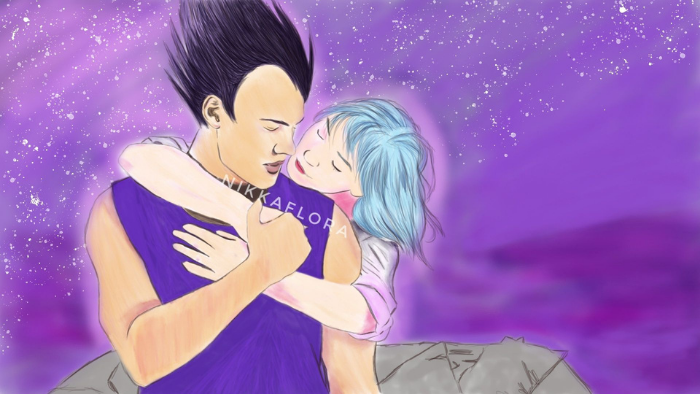
Here is the plot I wrote for A Right Love from a Wrong Wish:
Vegeta, the Prince of the Saiyans, only wishes to beat his rival Goku (aka Kakarot as he endearingly calls him) and attain the one thing the Saiyan race has always wanted to achieve: Becoming a Super Saiyan. Yet as the grumpy prince spends more time on Earth while training to fight the Androids, he begins to realize that he might want something else besides power.
And this may involve a certain blue-haired woman.
But what happens if Goku interferes with the Prince’s newfound feelings toward the fiery woman?
And how will Vegeta fend off against his other rival Yamcha once Bulma falls for the former bandit once again?
How will the arrival of a new enemy play into all of this?
Join Vegeta on his quest for power and his struggle with something much, much greater
. . .
Love.
It sounds quite dramatic for a plot, but I wrote this years ago to entice people to read my book. And it worked since it got thousands of views and counting since then.
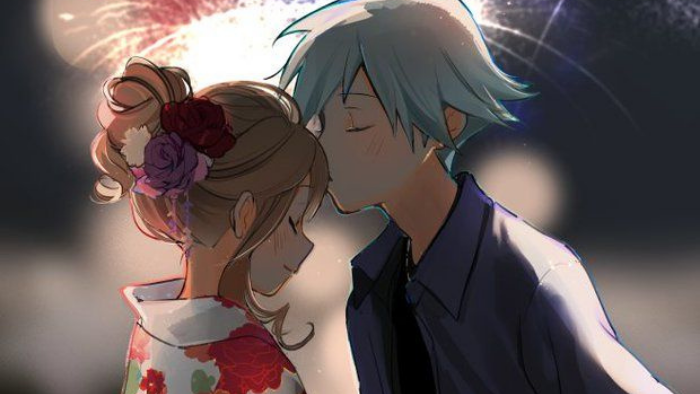
Here is the plot I wrote for Red Silver Hearts:
The one thing May has always wanted is a Pokemon of her own. A Pokemon partner would be enough to make her happy forever. But she still can’t pass the graduation exam in order to become a fully-fledged Pokemon trainer. Feeling hopeless, May decides to take time away from school and moves back to her hometown Littleroot.
On one fateful day, May is ambushed until she’s suddenly saved by the handsome and mysterious stranger Steven Stone. He then tells her about his newfound interest in Mega Evolution, and she is amazed by his dedication and passion. They quickly become friends and support each other’s dreams.
Just as Steven unexpectedly comes into May’s life, her snotty former best friend Brendan also returns as a rising star with a brand new attitude. Brendan wants to show that he is not the same bastard he was back at the Trainer’s Academy.
May is torn. She only wanted a Pokemon partner and a fun adventure. Not drama. Not jealousy. Not rivalry. Not blackmail. Not world-domination.
Just a Pokemon, adventure, and maybe a kiss from a special someone.
Remember to start off slow when you develop your plot. It is more than okay if you are not able to create the plot in one sitting. Great things in life take time to build.
You can begin fleshing out the plot by aiming to write one paragraph that describes what your story is about. Afterwards, it will become more clear if you feel like one paragraph alone is enough. Or you might need additional sections of information to be able to relay the plot to the audience.

4. Just write the story
The last thing to do is to just write the story. Use all the information you gathered so far, and go for it.
As for how long you want your story to be, that is up to you.
Remember to have fun, and don’t worry so much about your story being perfect. As long as you like your story, that is the only thing that truly matters.
Thank you for reading my blog post! I hope you enjoyed it!
Comment down below if you have any additional tips on how to write stories. Is there anything that you would like me to talk about in a future post?

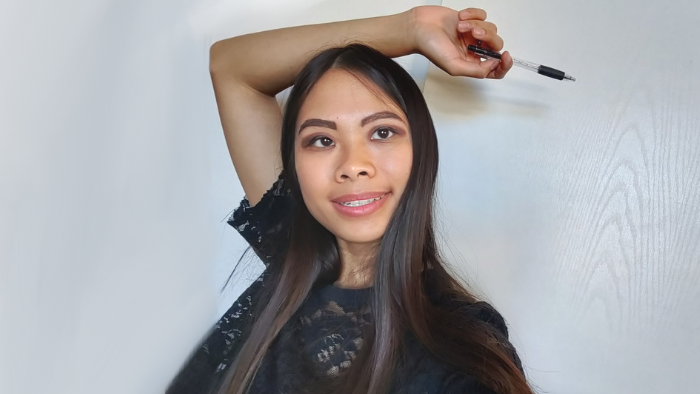

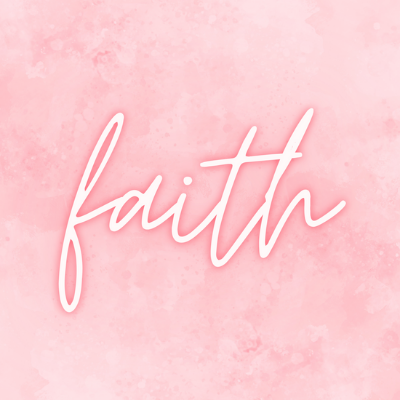

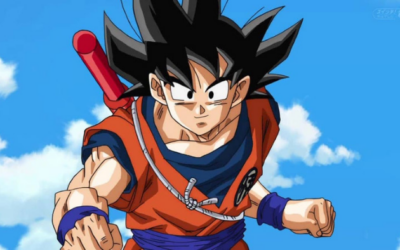


0 Comments